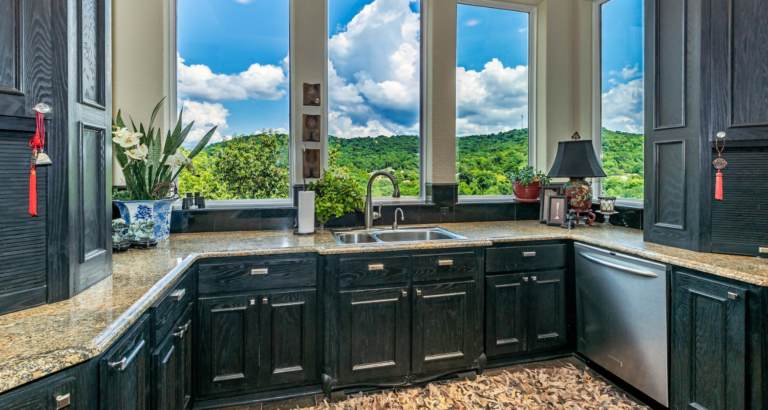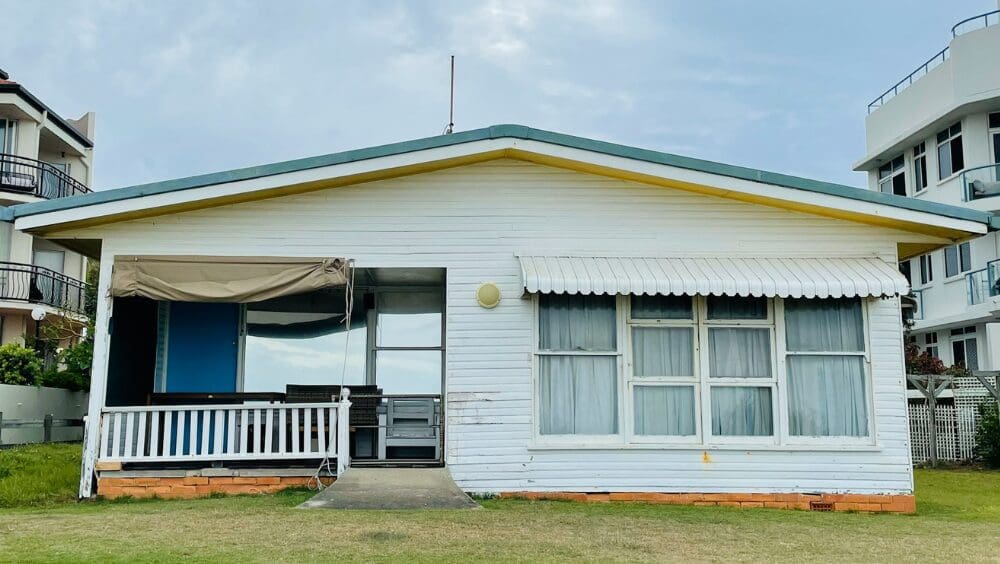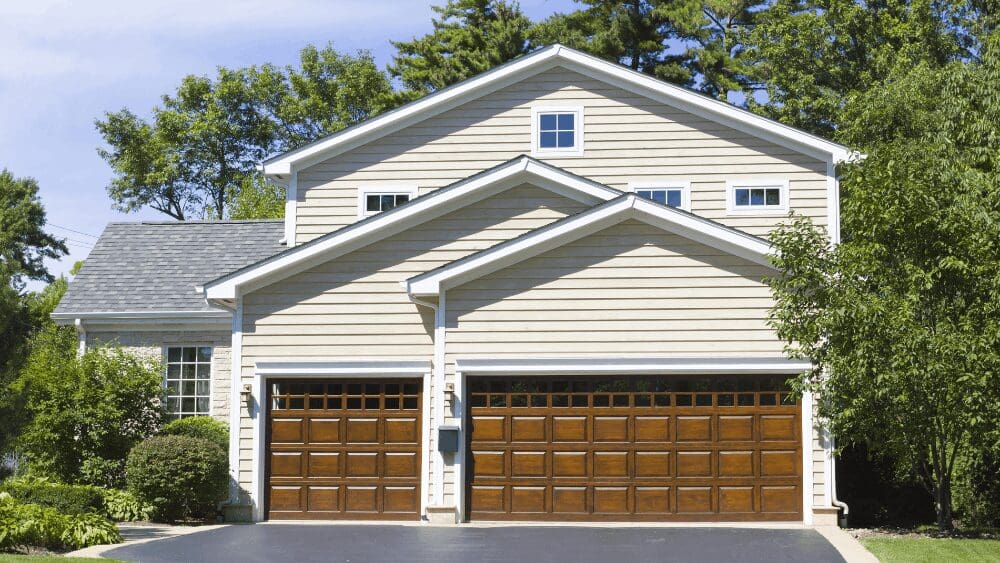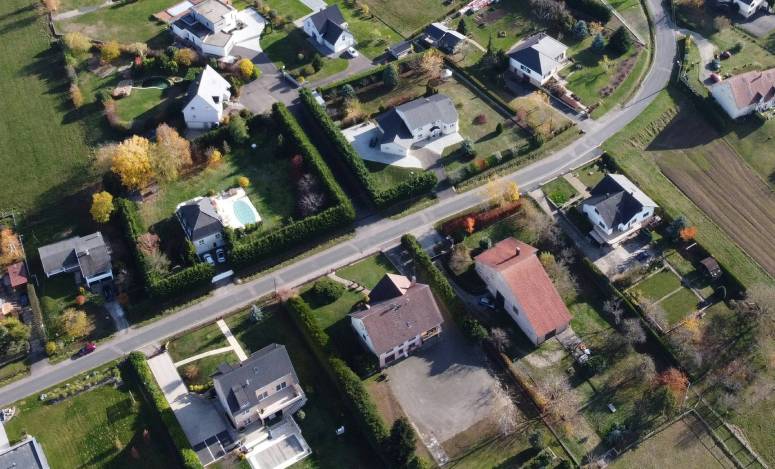
Home improvement shows have popularized the concept of “flipping” houses, bringing this segment of the real estate industry into the living rooms of everyday Americans, even inspiring some to take on the challenge of buying a home needing TLC, updating the home with old-fashioned sweat equity, and selling for a nice profit. In fact, the rise in home prices from 2020-2022 led to a record 1 in 10 houses sold being flips in Q1 2022. According to one data firm, flipped houses accounted for 9.6% of all home sales in the first quarter of 2022. Increasingly, those flip houses were being bought with all-cash offers. However, higher interest rates in 2023, inflation, and stable or declining home values have made it much harder for the math to pencil out. Sebastian Frey is an experienced agent in Santa Cruz, CA, who works with quite a few flippers to help them locate properties. While he thinks that it’s harder today for flippers to find good properties in 2023 than in the past, he says that, “There’s always a demand for rehabbed properties. If they’re done meticulously, there will be a lot of demand for that. People are happy to pay top dollar for a quality remodel in a good location.” If you’re thinking about flipping a home in 2023, is it still a good idea? House flippers buy homes, hold them for a couple of months, and then sell them for a profit (that’s the flip part). Typically, they buy distressed properties — either short sales, foreclosures, or homes that need significant work — fix them up, and sell them for big bucks. Sometimes flippers buy and sell homes to wholesalers without making any repairs or updates. The goal is to buy low and sell for a high profit — one that covers both the home’s initial cost and any improvements. While the percentage of houses flipped in the first quarter of 2022 was at its highest level since 2000, flippers didn’t make a correspondingly high profit. According to Attom Data, profit margins were at their lowest since 2009. If that sounds discouraging, though, the median profit was $67,000 per flip — which is still an attractive number to many flippers. What’s contributing to the profit margin declines? It’s harder to find homes that are good candidates for a good flip. “It’s much harder for investors to find properties,” says Frey. “Sellers have got the memo that it’s really easy to sell a house right now in the open market, in virtually any condition.” Not only has the market been so hot that sellers can offload homes in almost any condition, increased demand and low inventory have driven up home prices. In the second quarter of 2022, the National Association of Realtors reported that homes in 80% of markets had double-digit price appreciation. Nationwide, median home prices rose 14.2% over 2021. When home prices rise, it’s harder for flippers to find good deals that will net a profit. There’s also more competition in the market for homes to flip — homes that need just the right amount of work, and are priced well, are in high demand among investors. Rising mortgage rates are also partially to blame for limited inventory as potential sellers are hesitant to trade their current low mortgage rate for a rate in the 6% range. Also, flippers who rely on hard money financing to both acquire and flip homes could struggle to compete against investors with cash due to the amount of time it takes for a lender to close on a loan. Even though home prices have risen, the market has cooled. “The market isn’t rocketing up like it was, and flippers need to be much more judicious about what they’ll pay for a property,” Frey cautions. New flippers, especially, could end up over their heads if something goes wrong and they can’t sell within their expected timeframe. And a lot can go wrong. Experienced flippers price out home repairs before purchasing a house, and leave themselves a cushion for the unexpected. But not even they could have predicted the 20% increase in construction materials between January 2021 and 2022. Increases in construction costs could eat away at your flip’s profit, or put you in the red. A delay getting permits, or having materials delivered, would also decrease profits due to increased holding costs. The longer you own the house before flipping it, the tighter the profit margin. According to Frey, a lot of flippers don’t really add up the holding costs of home insurance, interest rates on short-term money, high property taxes, and transfer fees. After the property acquisition costs, flippers have “six months of flip costs on top of that — people don’t understand how long it could take to do a flip,” warns Frey. When you put together your budget for a flip, don’t forget to add in all these costs. And leave yourself a cushion — or, extra money between your costs and your profit — for unexpected cost increases. Costs vary based upon what the home needs and what you plan on updating, the area you live in, labor costs for contractors and landscapers, and more. Don’t forget to include the following costs in your budget: Ready to try flipping? Follow these steps for success. Unless you’re a licensed contractor, you’ll need a network of professionals to help you flip. Even if you’re handy around the house, evaluate your skills honestly. For some projects, particularly electrical and plumbing, you’ll need an expert. Keep in mind that buyers may be wary of purchasing a flipped home if they can’t verify that permits were pulled and the work was done by licensed professionals. Put together a network of experienced, licensed professionals before you start scouting houses. In addition to people to perform the remodeling work, you’ll need an agent to find homes, a stager to help sell them, and possibly a lawyer to draw up legal documents. A budget that takes into account all repairs, fees, and the unexpected is a key piece to successfully flipping a home. But, how do you account for the unexpected? Since flippers don’t have a crystal ball to see the future, the industry has developed the 70% rule. This rule states that you should never pay more than 70% of the after-repair-value or “ARV” of a property, less any repairs, that you’re flipping. The ARV is your estimate of the home’s worth after all repairs have been done. For example, if the ARV of your flip is $300,000, and it needs $50,000 in repairs, you shouldn’t pay more than $175,000 to acquire the property. If all went well, you’d still have $75,000 in profit to cover other expenses (such as agent and stager fees). Even if something went wrong, you likely wouldn’t end up losing money. How many days are homes spending on the market? Are they selling for over or under list price? What about demand — are sellers receiving multiple offers on their homes? Research the local market before deciding to purchase and flip a home in that area. The longer it takes to sell a completed flip, the higher your costs rise. Current and predicted home price trends can have a big impact on your potential profit. An experienced, local agent can be an invaluable resource. Frey says that a local agent can help flippers “figure out current market value, give them an idea of some of the features you might want to do in today’s market, and estimate the sale price for the rehab projects.” A real estate agent helps with identifying current trends and popular home upgrades. When it’s time to sell your flip, they’ll sell and market it. But they can also help you find houses to flip. Due to high demand for housing in general, and the fact that sellers can list on the open market and sell without repairing or remodeling, it’s become harder for flippers to identify potential homes. “Working with a real agent, somebody who has a really good flow of sellers who might sell to a flipper, is very valuable to a flipper,” Frey points out. Once you’ve got an agent keeping an eye out for you, alerts set up on real estate websites, and are scouring the multiple listing service, it’s time to find a home to flip. It could take several months, and you might have to make several offers on available homes, before you’re successful. Be patient! Once you win your bid, it’s absolutely crucial that you get a home inspection and an appraisal. When you walked through the home, you could probably tell you’d need to remodel the bathroom to sell. But a home inspection will reveal any hidden issues beneath the surface, such as a rotted subfloor in that bathroom, which you might have to replace to safely and successfully flip the home. An appraisal is an estimate of the home’s current market value. If you’re using hard money or a mortgage to finance the flip, the lender will likely require it. The appraisal tells you what the home is worth now — which is valuable information if you’re concerned that you’re paying too much. Line up the contractors, plumbers, electricians, and anyone else you might need to begin work the day after the closing. Check licenses and references before signing any contracts. Once the property is yours, there’s no time to waste! According to the National Association of Realtors remodeling impact report for 2022, high ROI renovations to consider include a bathroom remodel with a 71% return on investment, a kitchen renovation, which has a 75% return on investment, and refinishing hardwood flooring with a whopping 147% return on investment! All of these projects have the added benefit of improving the home’s appearance and potential appeal to buyers. Remember that whatever you can do yourself — whether it’s a fresh coat of paint or scraping popcorn from the ceiling — builds sweat equity that will make you money when you sell. Once the work is done, flippers have a choice. You can either rent the home and become a landlord, or sell it. If you used hard money to finance your purchase, you’ll have to refinance to hold the property long-term and rent. Only you can answer this question based upon your finances, experience, and market knowledge. Markets vary widely by geographic area, as does the cost to flip a home. Frey’s best advice is to buy low. “The market is shifting so my advice would be don’t take on any big projects unless you get them at a seriously discounted price,” he says. Your goal should be to get out of the project quickly, before prices drop or buyers decide to wait another year. Header Image Source: (Mary Ann Wooten / Unsplash)What is house flipping?
Is flipping a house a good investment in 2023?
What can go wrong with a flip in 2023?
How much does it cost to flip a house in 2023?
Working with a real agent, somebody who has a really good flow of sellers who might sell to a flipper, is very valuable to a flipper.
Steps to flipping a house
Create your network and evaluate your skills
Develop your budget
Research your market
Partner with a real estate agent
Find a home to flip
Renovation time
Rent or sell
Should you flip a house in 2023?



